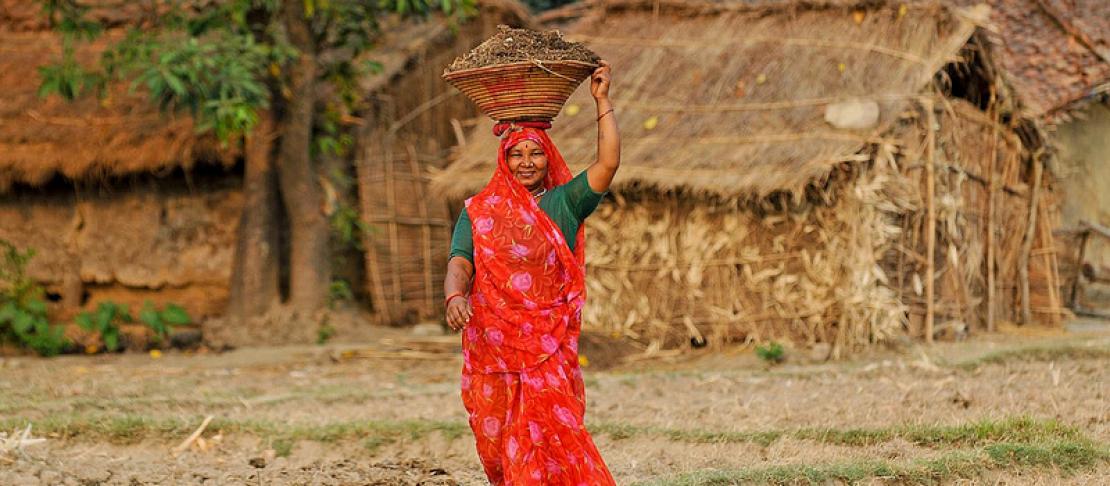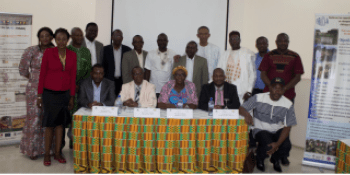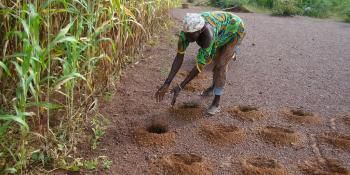How to put climate adaptation into action? Lessons learned from Nepal

Jessica Thorn, researcher at Oxford University, recently went to Nepal to investigate the potential for climate models to inform planning and decision-making, from the perspectives of farmers. This is what she learned.
Guest blog by Jessica Thorn, University of Oxford. First published on the EcoAgriculture Blog.
Standing under the shelter of a local shop in Beora, I watch as women sort, weigh and record their harvest of beans, bottle gourd, tomatoes, and okra.
I’m in the eastern region of the Terai Plains of Nepal and between the sounds of the monsoon rains flooding the surrounding rice fields, I listen to the story of Neta Chaudhury: She tells me at 12 years she was committed into an arranged marriage, and like many others this subsistence community, was set to stay at home for the first 5 years. She couldn’t work or go to school.
But one year ago, seeing the example of some women forming the Garima (Nepali for proud) farmer’s cooperative using communal land. Despite criticism received from community and family, she took the role of chair and is now seeing benefits.
With a unified vision, farmers have begun to generate income, improve their families’ nutritional intake, beautify the village, and reduce costs and time spent traveling to buy vegetables from neighboring towns. In the face of the impacts of climate change experienced by farmers across the Terai, this community is an example of what adaptation to climate change to ensure food security means at the local level.
In June 2013, I returned to Makrahar Village Development Committee, Rupandehi Nepal with Adeyemi Ademiluyi, the Systemic Integrated Adaptation (SIA) communications officer, to conduct a community-based impact evaluation of a climate change adaptation planning pilot program called Farms of the Future (FOTF), completed in summer of 2012.
The pilot looked at how farmer exchanges could be used a basis for an exploratory scenarios exercise, embedded in a program to develop capacity for planning and decision-making under uncertainty and change.
This involved a 4-month period where farmers were taken to 3 diverse climate alternatives based on the Climate Analogues Tool. Farmers visited villages to the West – Dang, and to the East – Chitwan, to explore other responses to the environmental and social changes that are predicted for their own village for 2030 – a period conceivable within their lifespan to plan for. They were then involved in a series of community-wide training and planning processes, and received some seed funding to start to put what they had learnt into action.
Read the rest of this story on the EcoAgriculture blog.
Jessica Thorn is affiliated with Oxford University, Environmental Change Institute and the Systemic Integrated Adaptation (SIA) program.



